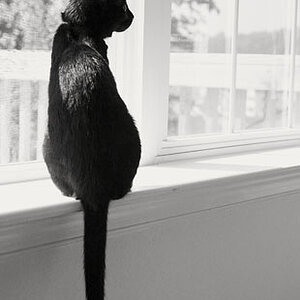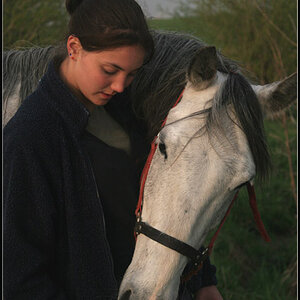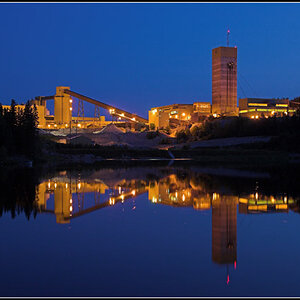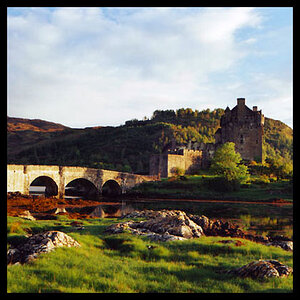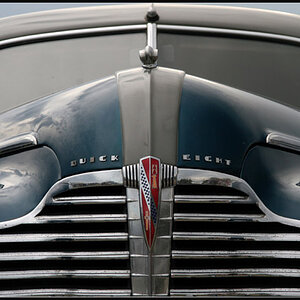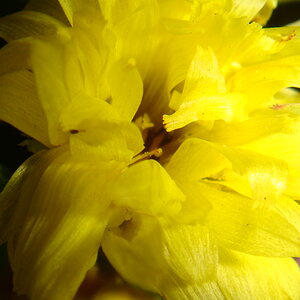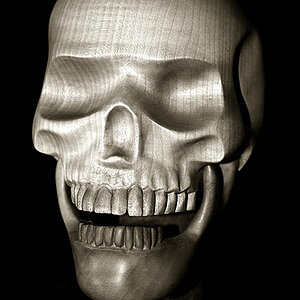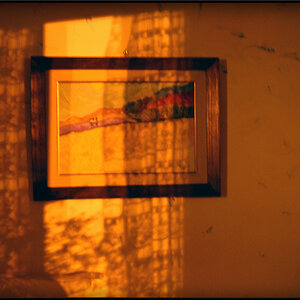errant_star
TPF Noob!
- Joined
- Aug 27, 2004
- Messages
- 1,028
- Reaction score
- 25
- Location
- Ontario Canada
- Website
- www.jenkanderson.com
Okay I have a question for all you alt-technique gurus on the board ...
As some of you may know ... I've been trying to help my mother photo-document our family history. As of yet I've just been photographing physical locations with some sort of historic value to our family and lineage. However my mom also has mass amounts of old family photographs including tin-types and the old cardboard mounted portraits and she's asked me how I could save them for her. My first thought was just to digitally photograph them and touch them up and then print them out ... but I'd like to possibly make them a little more authentic.
So here's my question ... would it be possible using a polaroid day-lab to make a polaroid of a digital print of the original photographs and then through an emulsion lift process re-create the tin-types?? and if so has anyone else tried this and how were your success rates using tin as a base for the emulsion?
Thanks in advance to you all
Oh and btw this is all in speculation as I do not own a daylab and have never done an emulsion lift ... but if this is plausible it is a road I may take to restore some of these photographs.
As some of you may know ... I've been trying to help my mother photo-document our family history. As of yet I've just been photographing physical locations with some sort of historic value to our family and lineage. However my mom also has mass amounts of old family photographs including tin-types and the old cardboard mounted portraits and she's asked me how I could save them for her. My first thought was just to digitally photograph them and touch them up and then print them out ... but I'd like to possibly make them a little more authentic.
So here's my question ... would it be possible using a polaroid day-lab to make a polaroid of a digital print of the original photographs and then through an emulsion lift process re-create the tin-types?? and if so has anyone else tried this and how were your success rates using tin as a base for the emulsion?
Thanks in advance to you all
Oh and btw this is all in speculation as I do not own a daylab and have never done an emulsion lift ... but if this is plausible it is a road I may take to restore some of these photographs.



